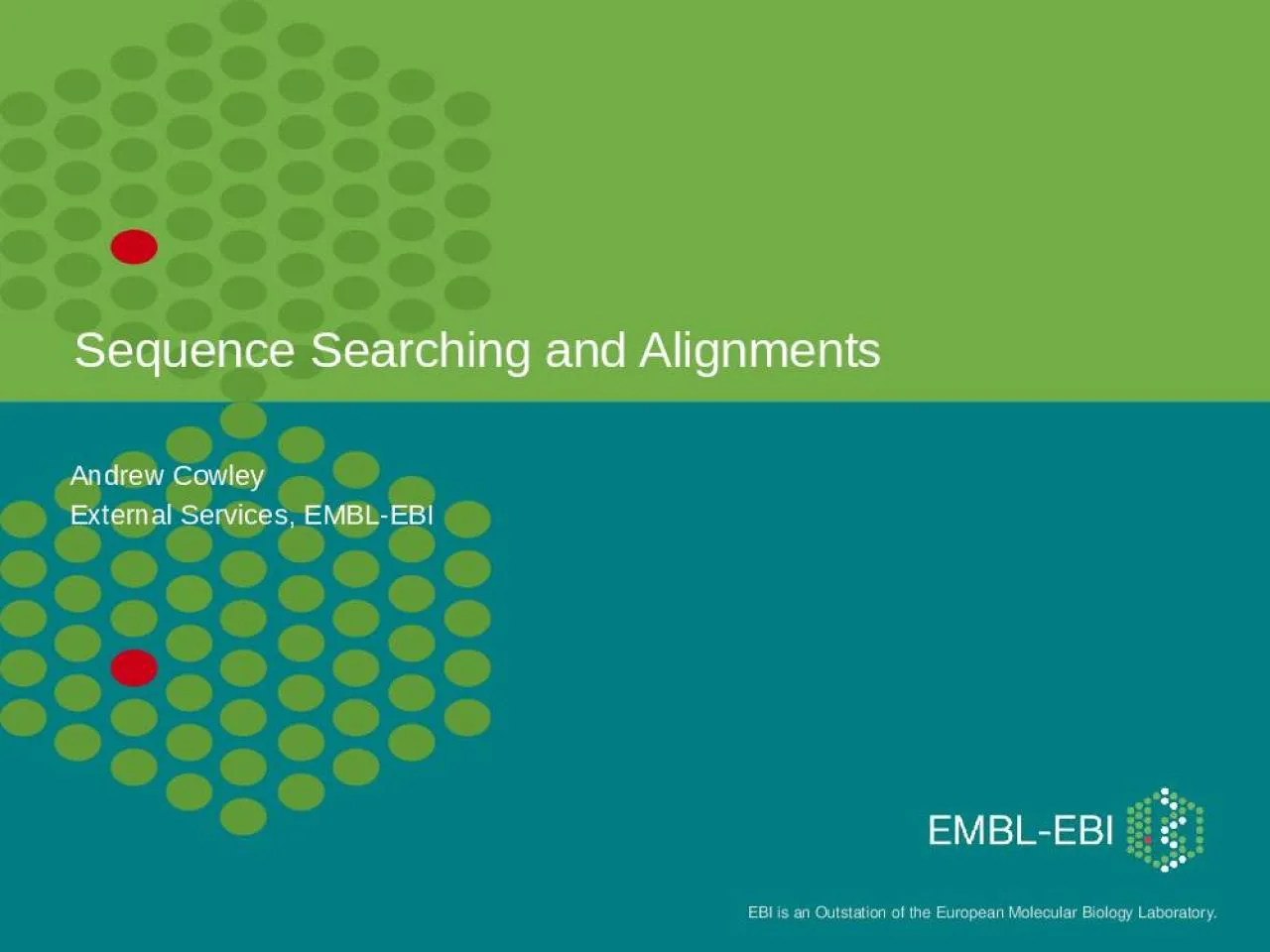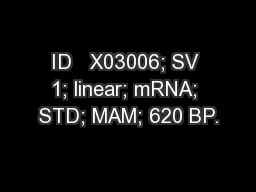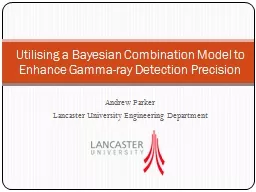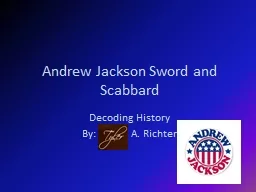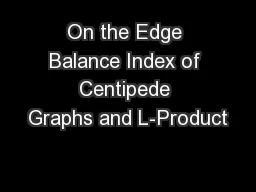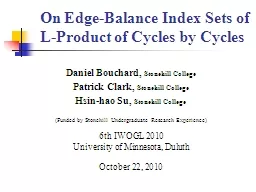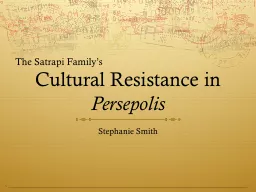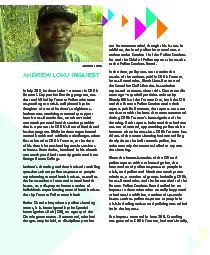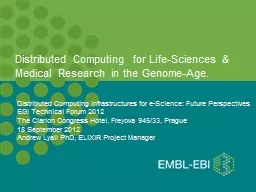PPT-Andrew Cowley External Services, EMBL-EBI
Author : molly | Published Date : 2022-05-31
Sequence Searching and Alignments External Services Sequence searching and alignments Andrew Cowley 08052012 2 Andrew Cowley Bioinformatics Trainer Hamish McWilliam
Presentation Embed Code
Download Presentation
Download Presentation The PPT/PDF document "Andrew Cowley External Services, EMBL-EB..." is the property of its rightful owner. Permission is granted to download and print the materials on this website for personal, non-commercial use only, and to display it on your personal computer provided you do not modify the materials and that you retain all copyright notices contained in the materials. By downloading content from our website, you accept the terms of this agreement.
Andrew Cowley External Services, EMBL-EBI: Transcript
Download Rules Of Document
"Andrew Cowley External Services, EMBL-EBI"The content belongs to its owner. You may download and print it for personal use, without modification, and keep all copyright notices. By downloading, you agree to these terms.
Related Documents

